April 11, 2016–Michigan Tech's Concrete Canoe and Steel Bridge teams both took first place in the American Society of Civil Engineers' 2016 North Central student competition at Michigan State University last weekend.
Although the concrete canoe races were cancelled due to bad weather, the team placed first in design paper, first in final product and fourth in presentation, giving them an overall score resulting in a first place finish. They will compete in the national competition at the University of Texas-Tyler in June.
Here is a news story published on Friday, April 8 about preparations for the regional competition.
An unsinkable concrete boat that wins races—and a beauty contest. A 21-foot steel bridge that can hold 2,500 pounds and be assembled in less than 30 minutes—while its builders avoid an imaginary creek.
Tall tasks for the Michigan Tech concrete canoe and steel bridge teams. But they're up to it. Anything less than peak performance? Not on their watch. The quest for national collegiate championships in both contests begins today at the 2016 American Society of Civil Engineers North Central Conference Regionals hosted by Michigan State University. The Huskies will compete against eight universities from across Michigan and Ohio.
Winning is a Husky Tradition
Ask the Concrete Canoe crew if they're feeling the pressure, and laughter erupts, along with a chorus of 'not-while-I'm-here.' "Every one of us is terrified," jokes Natalie Parker.
"We're pretty confident," says team captain Kathrine Cipriano, as the team puts the finishing touches on Denali, their canoe named for North America's highest mountain. "We worked hard. And we're prepared. But right before the competition, it's like 'don't let us be the ones' (to break the streak). We've placed first at regionals 16 out of the past 20 years, with third-place national finishes in 2005 and 2012."
The Steel Bridge team is also accustomed to success. "Over the past five years we've made it to nationals four times," says Steel Bridge Team Captain Joseph Schmidt. "We hope to do well this weekend and make it to national competition in May.
"Over two semesters our team puts in nearly a thousand hours to design, fabricate and construct the bridge. There are a lot of long nights, but it is definitely worth the reward at the end."
Attitude with Altitude
Each year the concrete canoe team chooses a theme to tie together their presentation; for 2016 they honor the National Park Service centennial. Stem to stern the 19-foot long 31-inches wide Denali's three-eighths-inch-thick hull is adorned with classic park scenes like Mt. Rushmore.
The 33-member team works on their canoe in a pole building off Garnet Street in Houghton where a Civil & Environmental Engineering Department trailer awaits to transport the roughly 170-pound Denali, her elaborate wooden stand, a labeled cross-section display showing how the vessel was constructed and an exhibit booth laying out the team's process as an accompaniment to technical presentation. More than 5,000 hours of preparation will be summed up in a five-minute presentation detailing concrete-mix proportions, testing, construction, design, and durability.
The workspace includes a rack of brightly painted canoes from past years, used for paddling practices and perspective on design refinement. "Those are all stained," says Cipriano. "The competition rules changed. This is the first year no stain is allowed."
"We used a practice canoe to try new techniques for aesthetics."Kathrine Cipriano
Besides daubs of approved colored concrete pigment, the sawhorse-propped test boat is missing chunks here and there. "We also did a microscopy. We wanted to see how the canoe demolded. That happened to us last year."
There are five race categories: three sprint, two endurance. But before teams are allowed in the water, each canoe is swamped. "It has to float to the surface," explains co-captain Phil Doederlein. The team practices three times a week on the Portage canal during fall semester. When the waterway freezes they shift to weekly prototype practices in the Student Development Complex pool and dry-land training workouts designed by Cipriano and Doederlein, who also serve as paddling coaches.
Beyond the Regionals
The concrete canoe regional champion proceeds to nationals June 9-11 at the University of Texas. About 200 concrete canoe teams around the US compete for $9,000 in academic scholarships awarded to undergrad civil engineering programs.
The steel bridge winner competes in nationals May 27-28 at Brigham Young University. There were 47 teams in the 2015 event, which is co-sponsored by ASCE and the American Institute of Steel Construction.
You can track the teams on social media using the hashtag #michigantech. The Michigan Tech Steel Bridge Team Facebook Page will post updates over the weekend, says Schmitt.
Preceded by Friday's bridge contest, the canoe launch is Saturday at Hawk Island Park.
Snow isn't forecast. But temps are predicted to be in the 32-degrees F range. That doesn't faze the racers. Doederlein says the team's annual spring break paddling trip to Ashland, Wisconsin this year was the "coldest ever."
Michigan Technological University is a public research university founded in 1885 in Houghton, Michigan, and is home to more than 7,000 students from 55 countries around the world. Consistently ranked among the best universities in the country for return on investment, Michigan’s flagship technological university offers more than 120 undergraduate and graduate degree programs in science and technology, engineering, computing, forestry, business and economics, health professions, humanities, mathematics, social sciences, and the arts. The rural campus is situated just miles from Lake Superior in Michigan's Upper Peninsula, offering year-round opportunities for outdoor adventure.
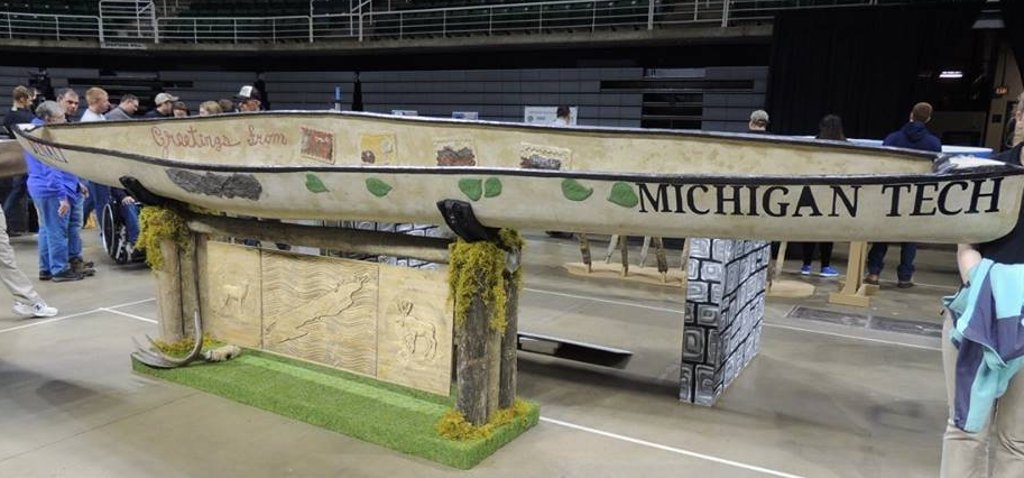

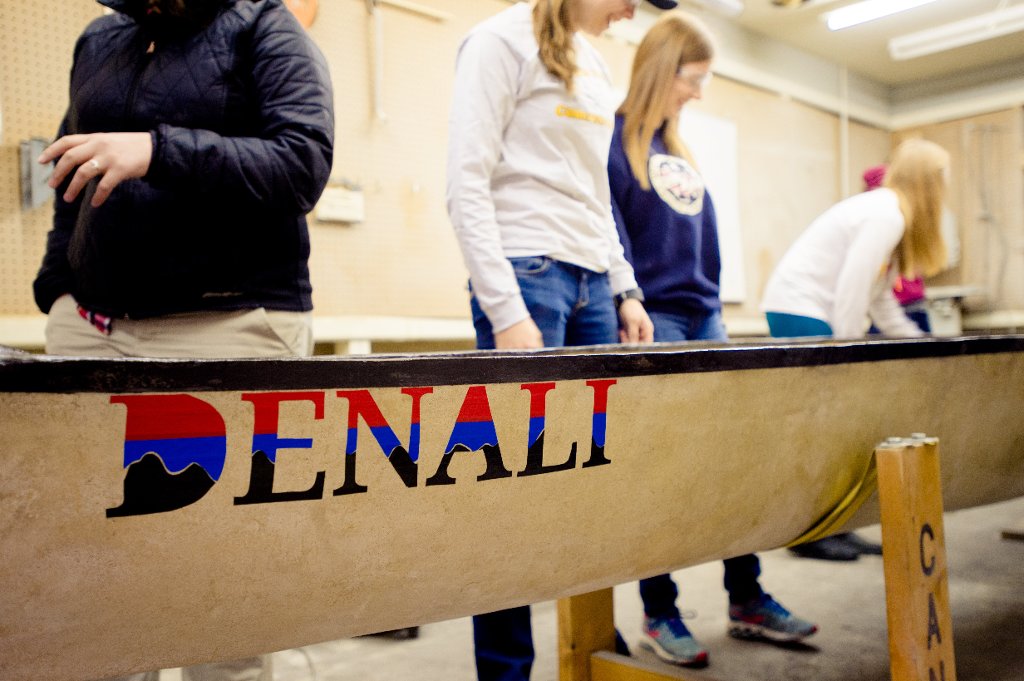
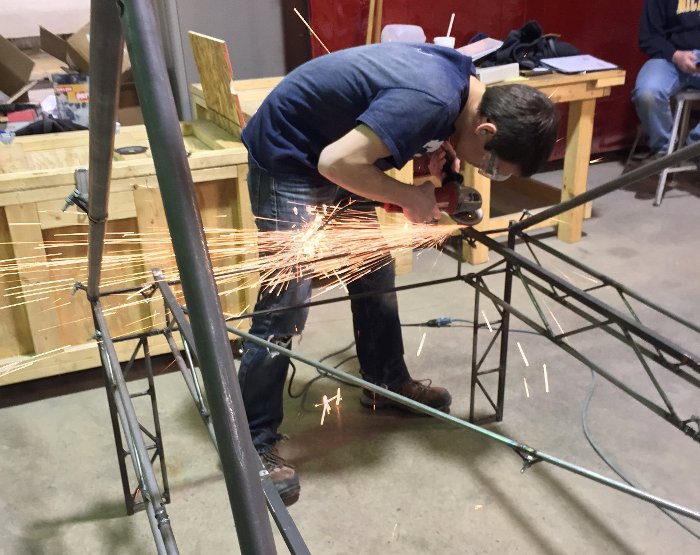
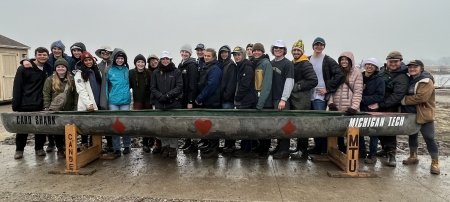
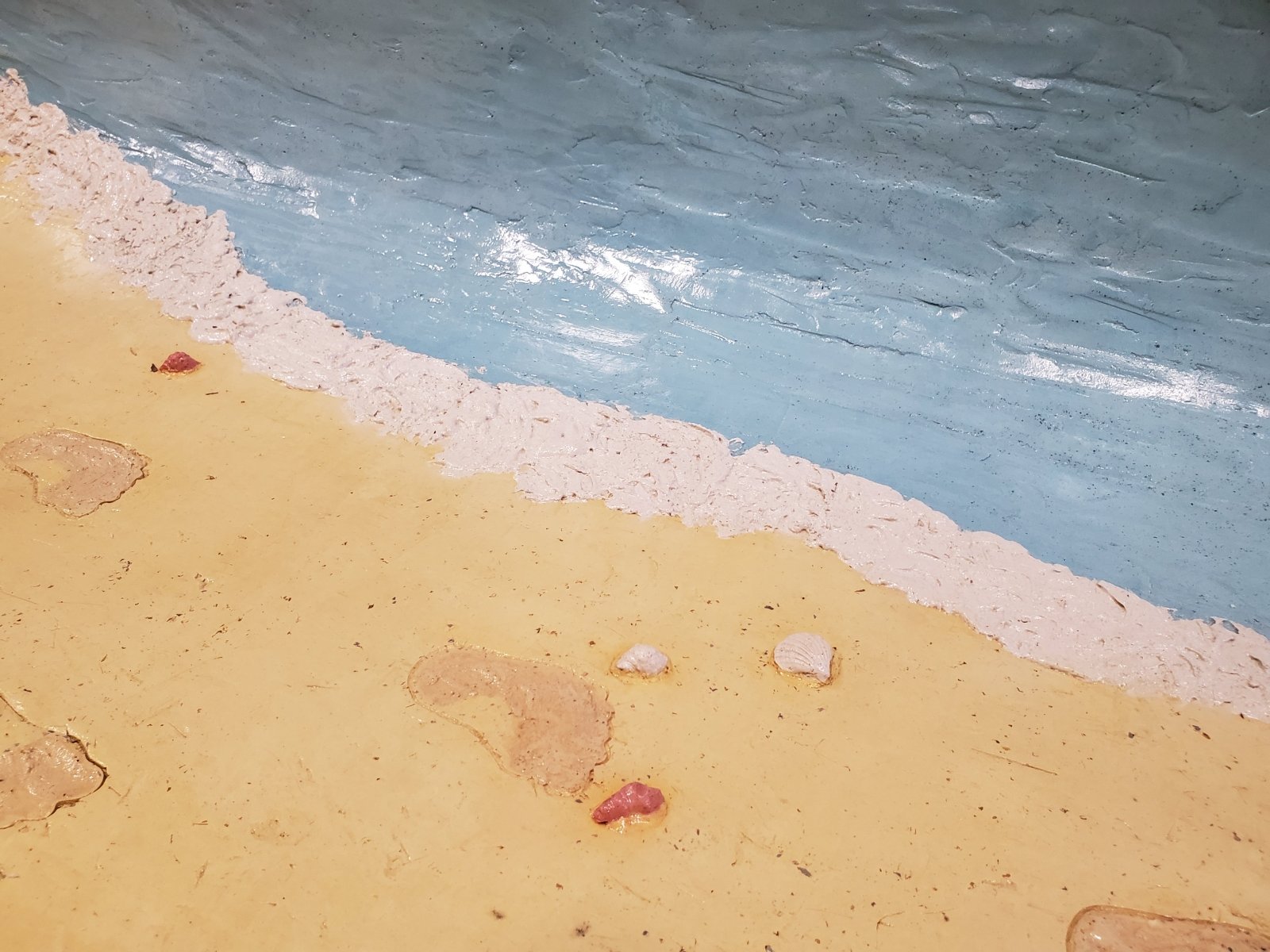
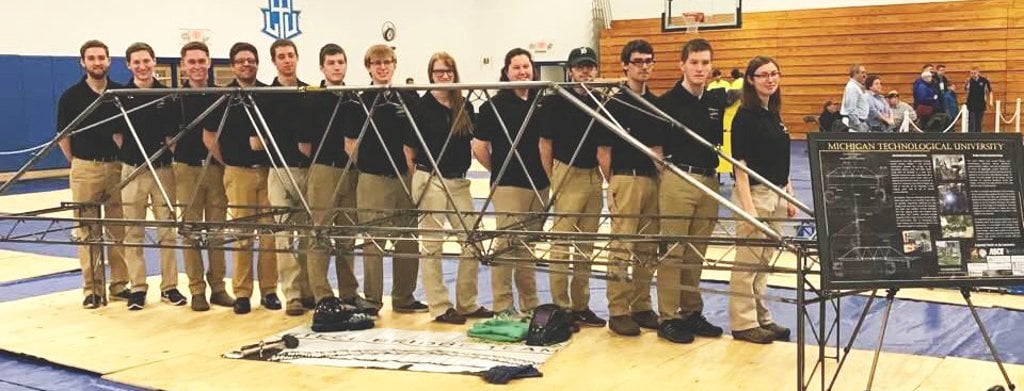
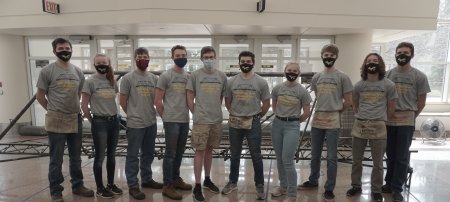
Comments